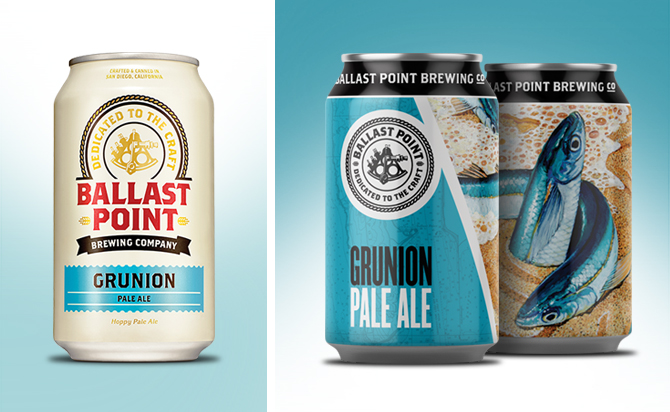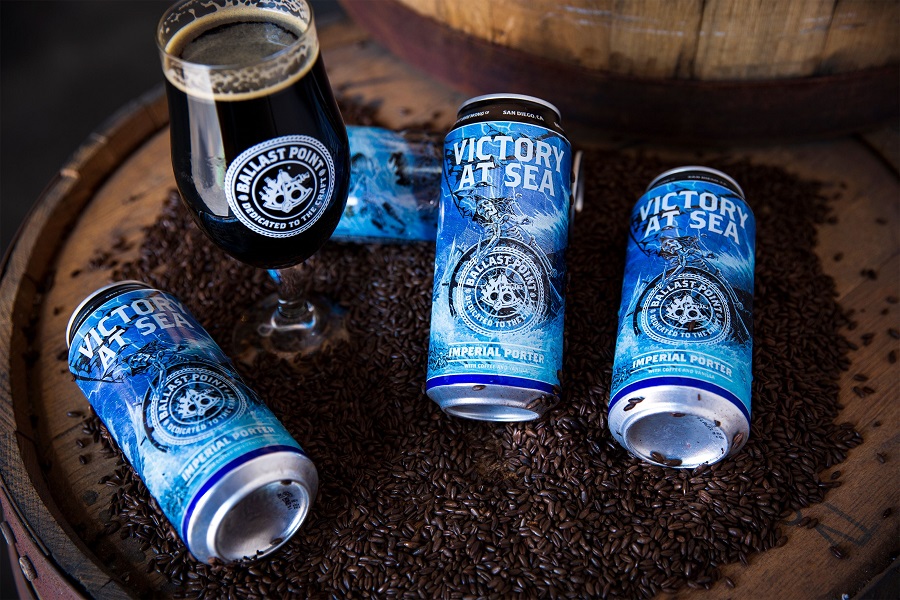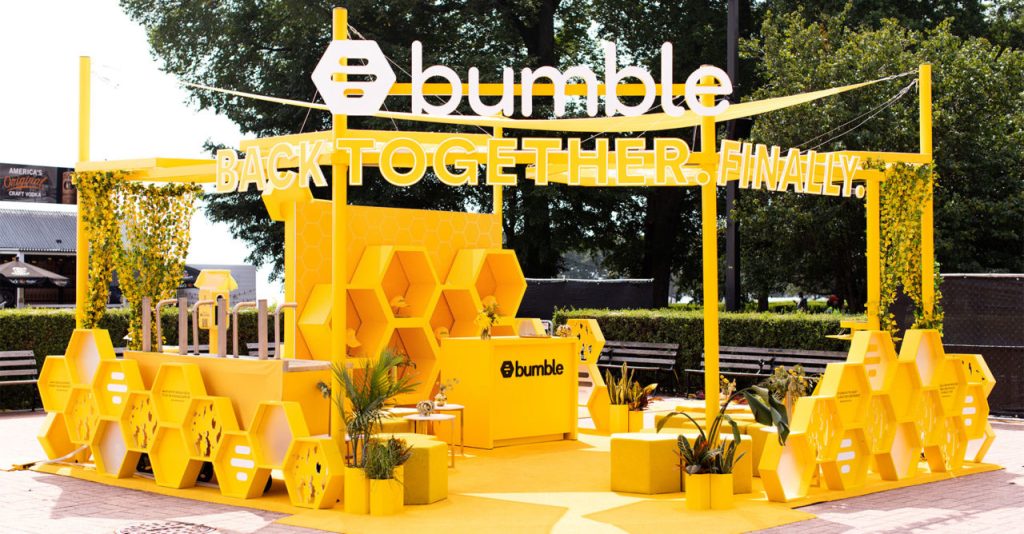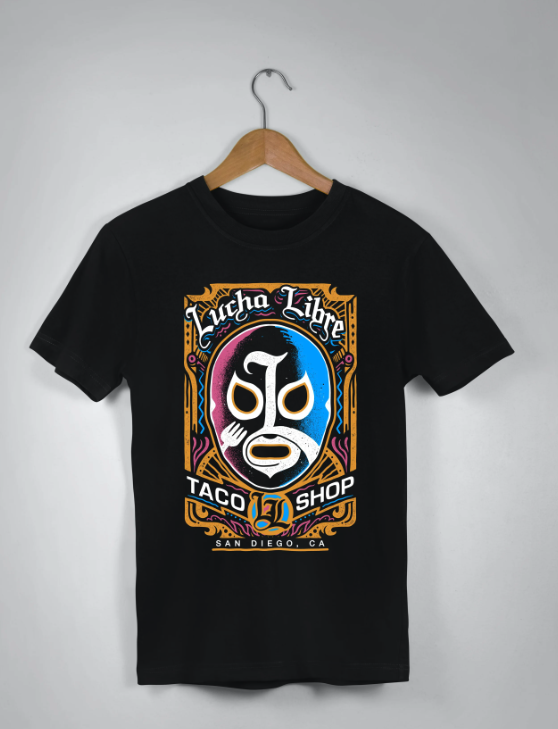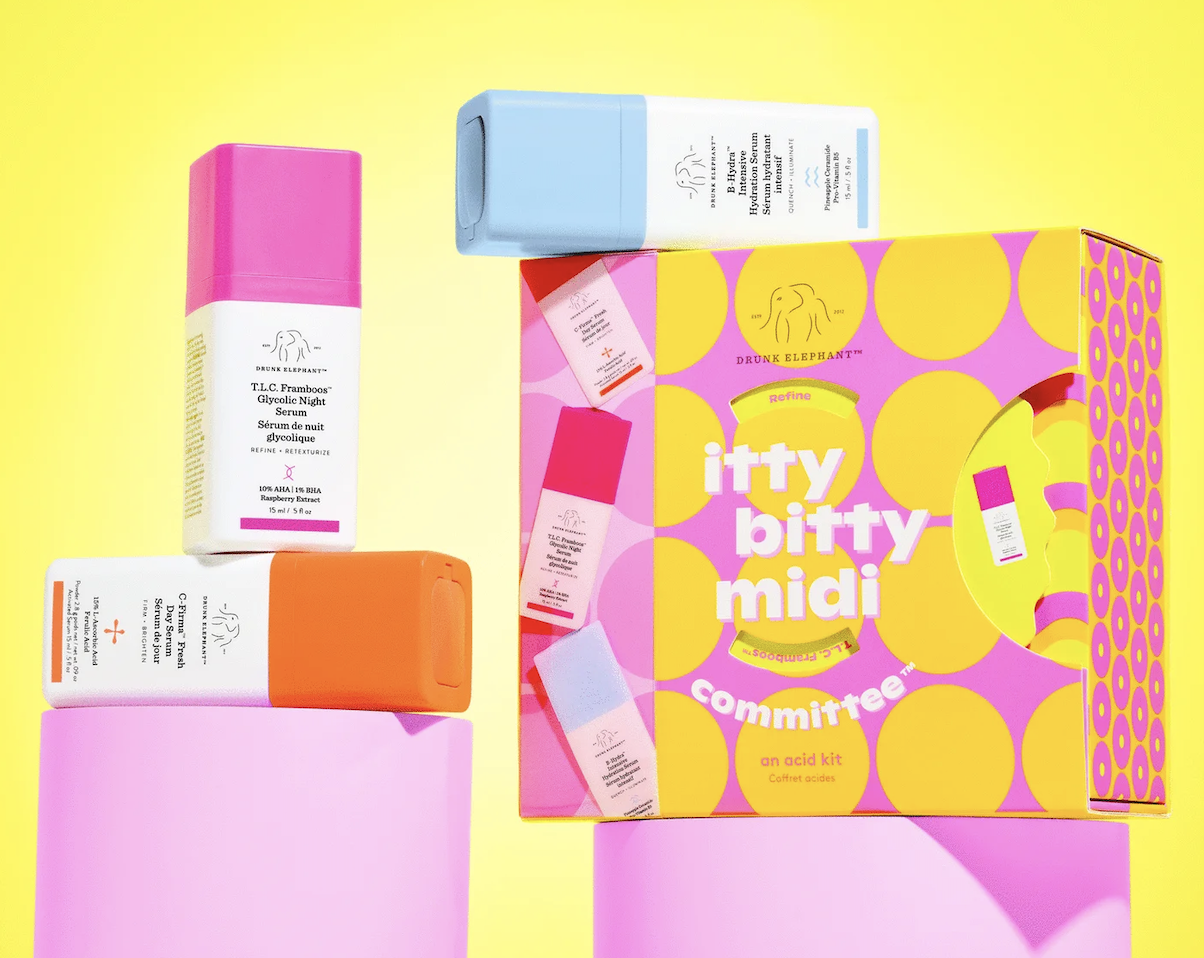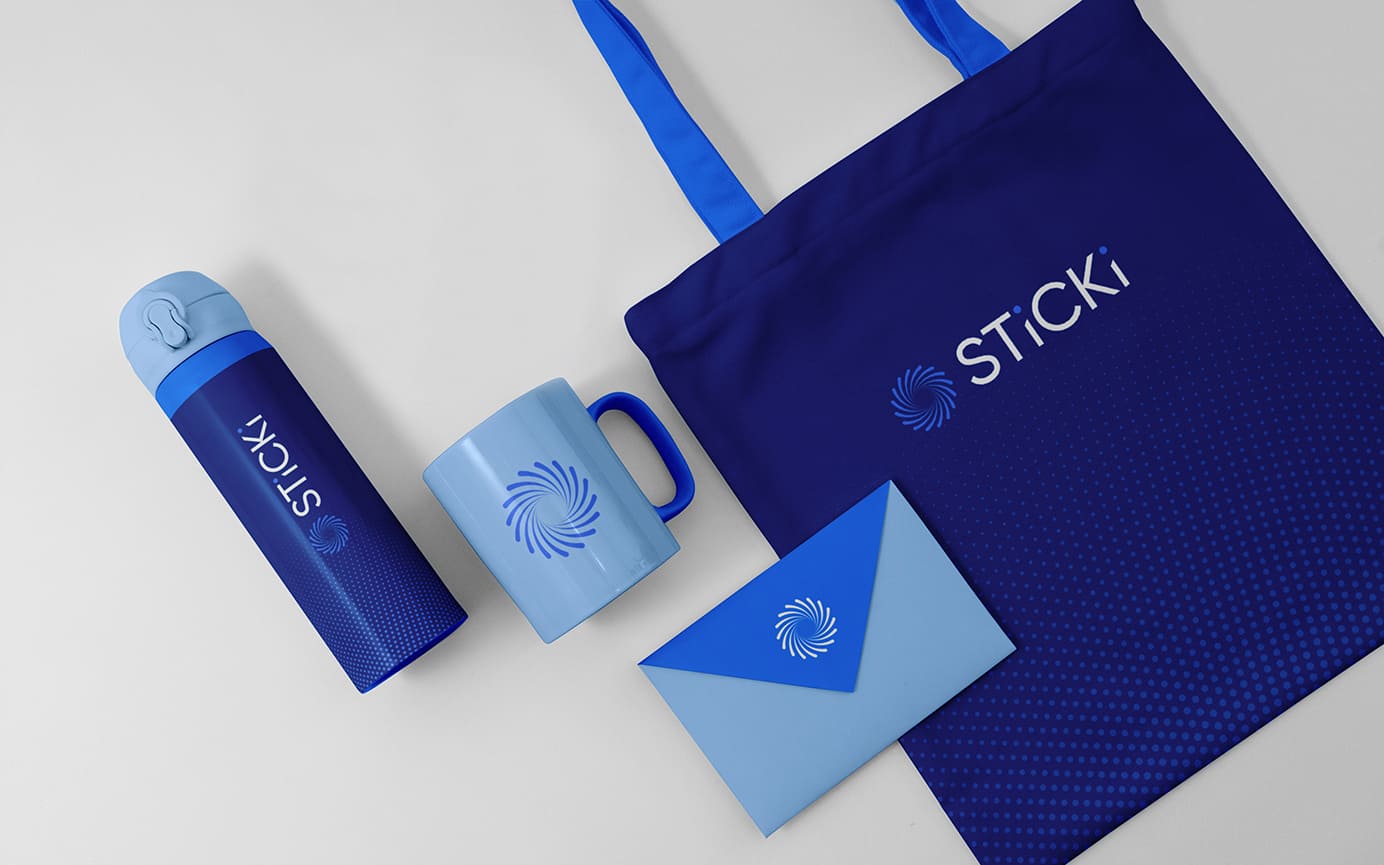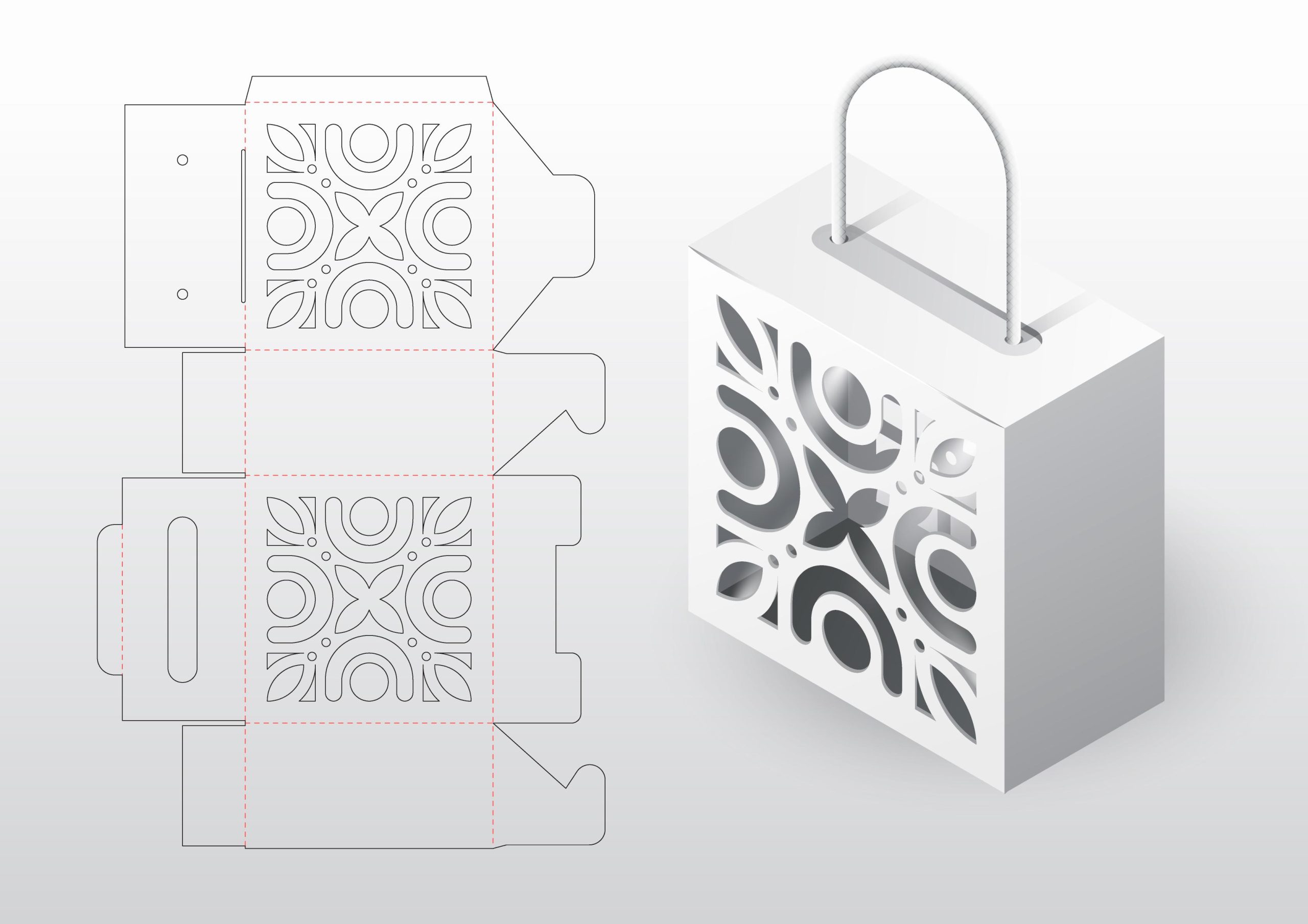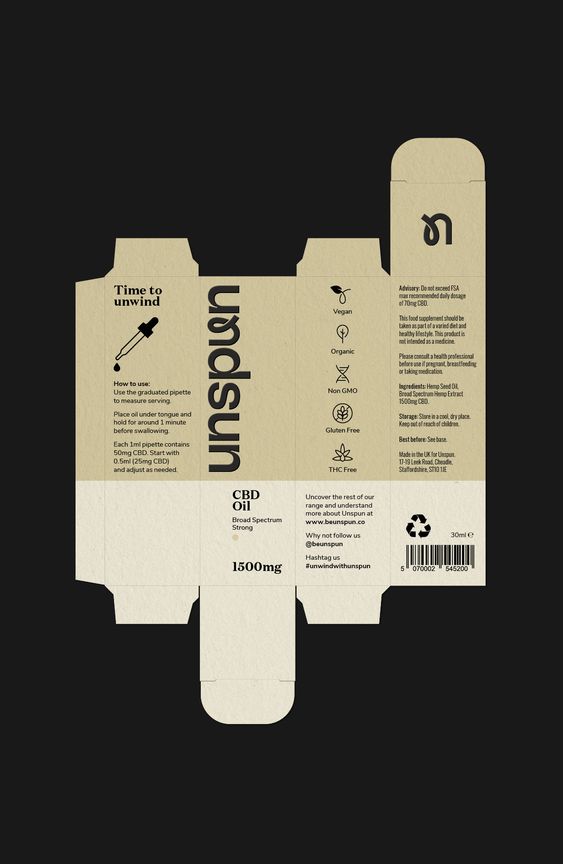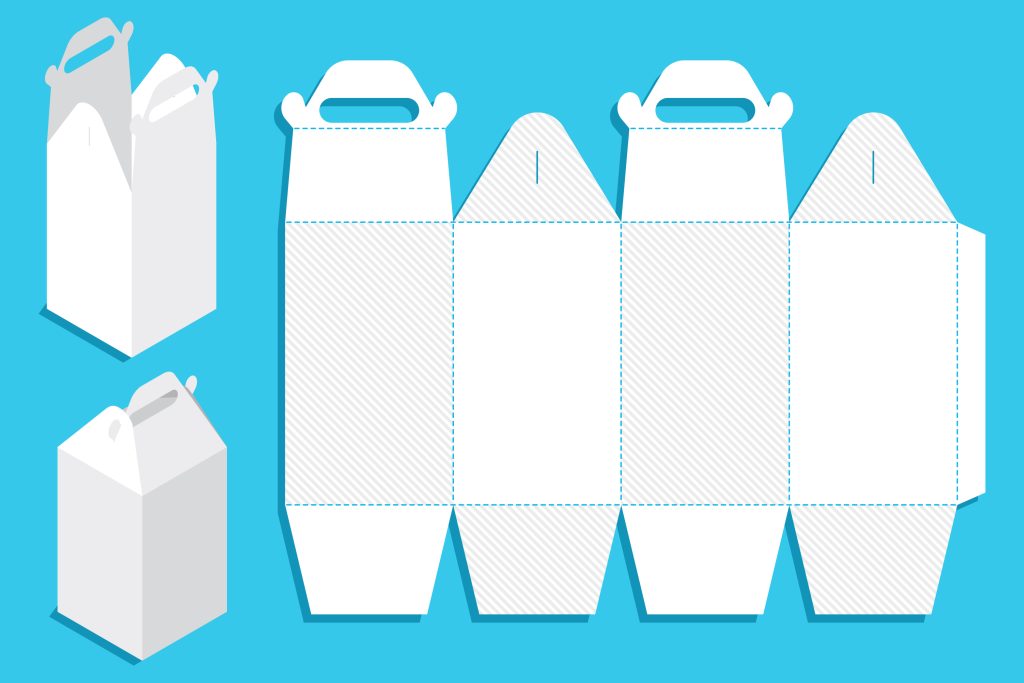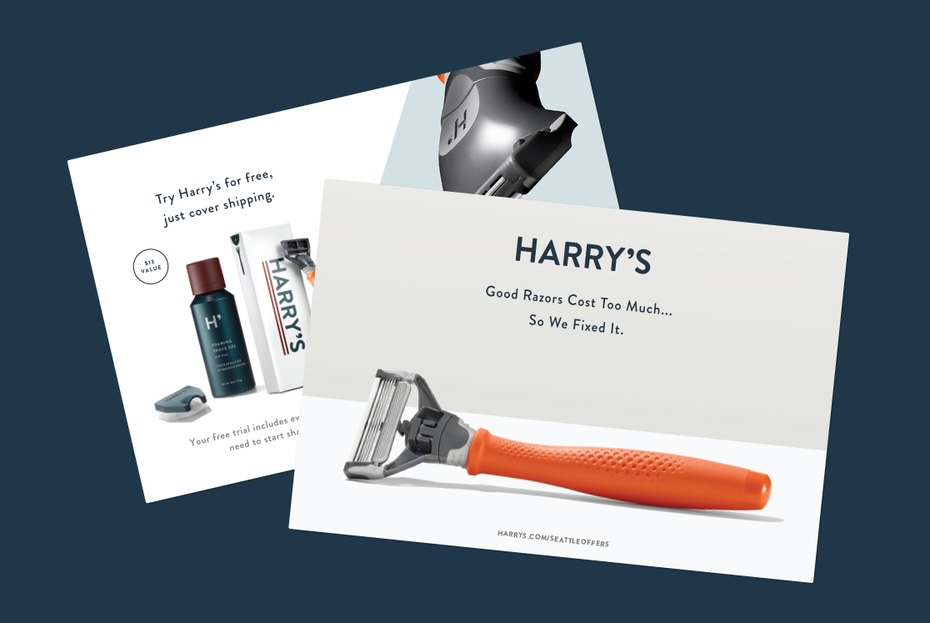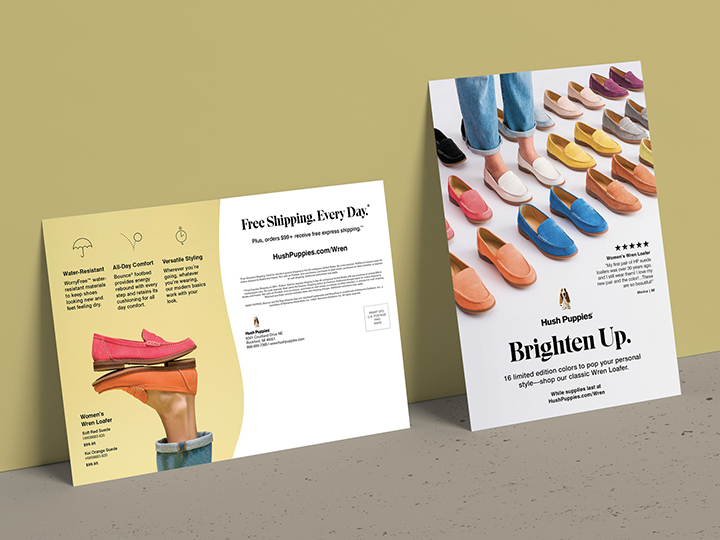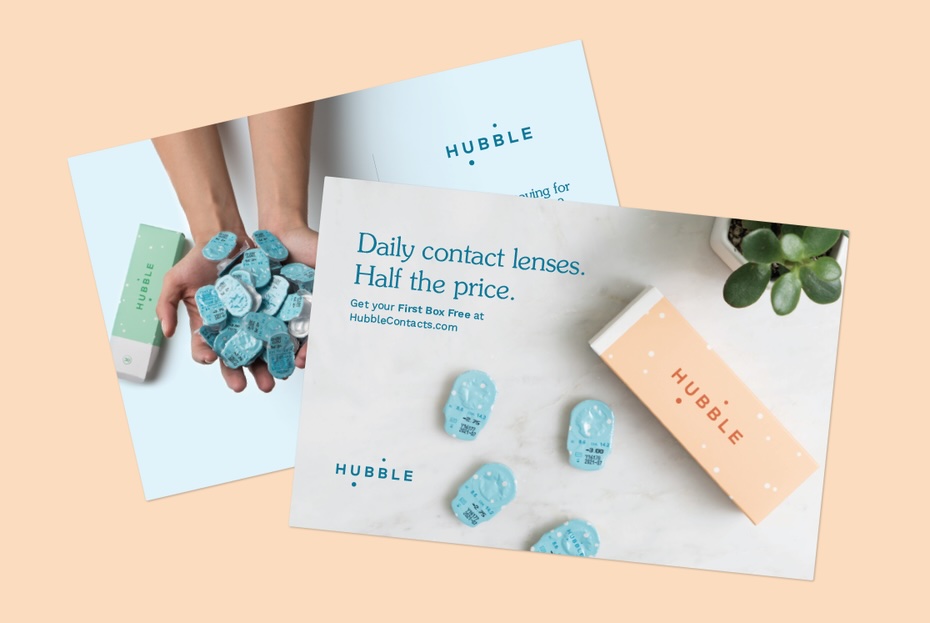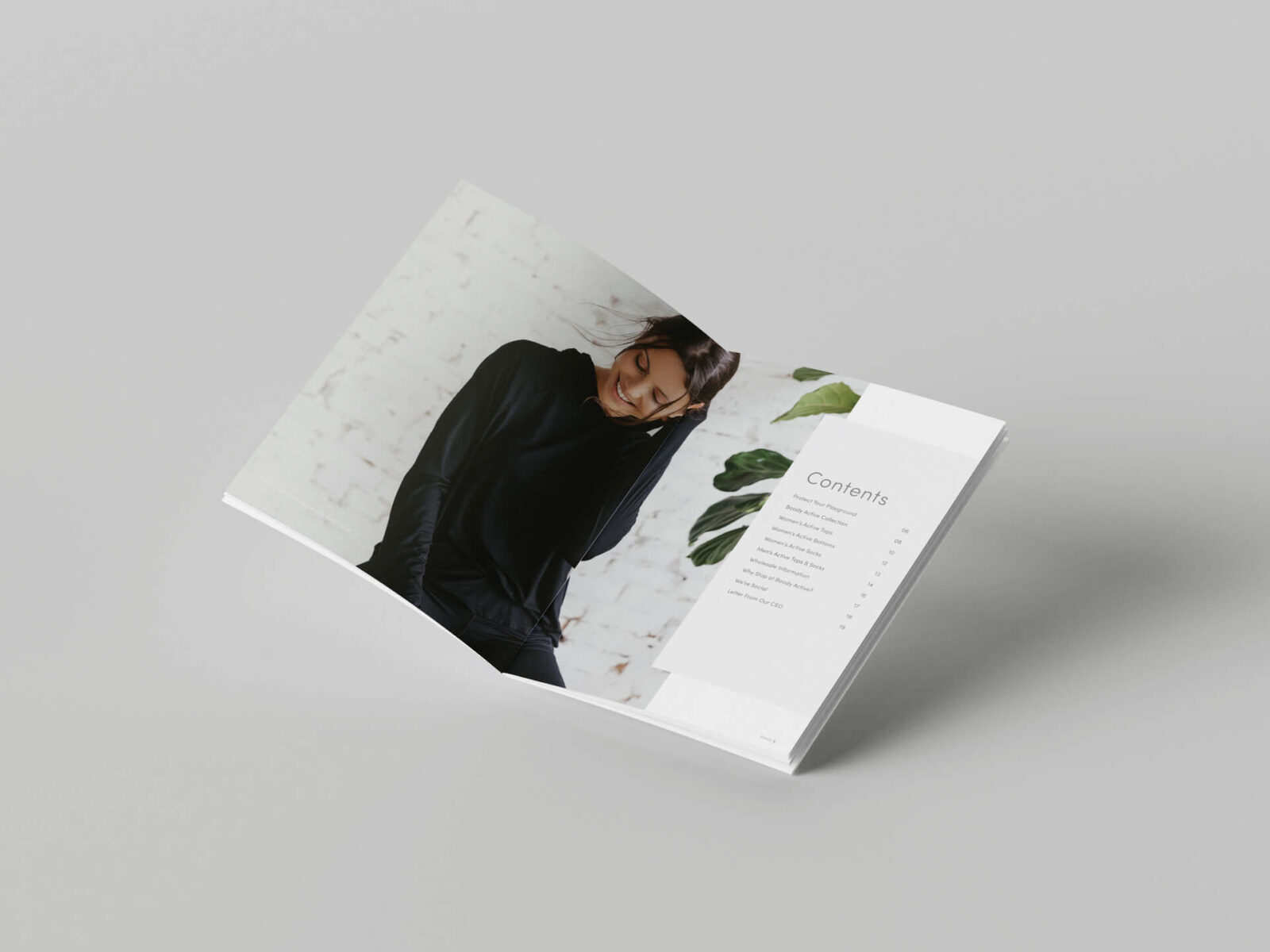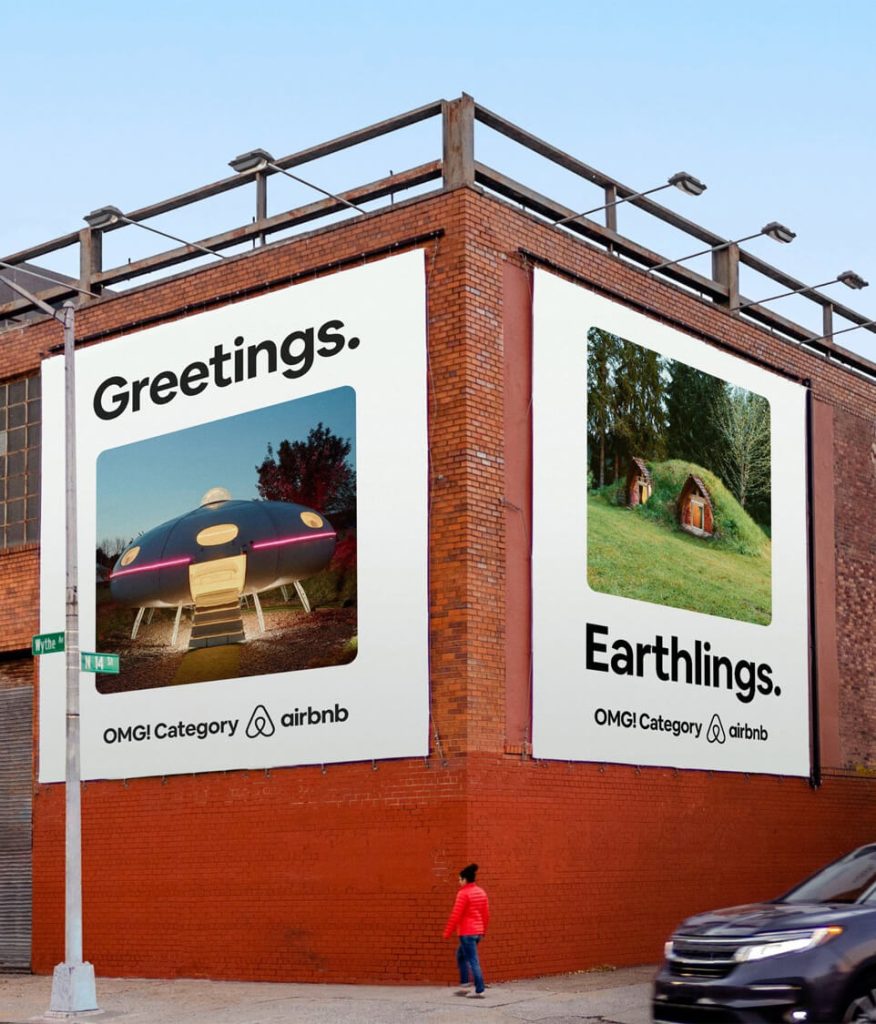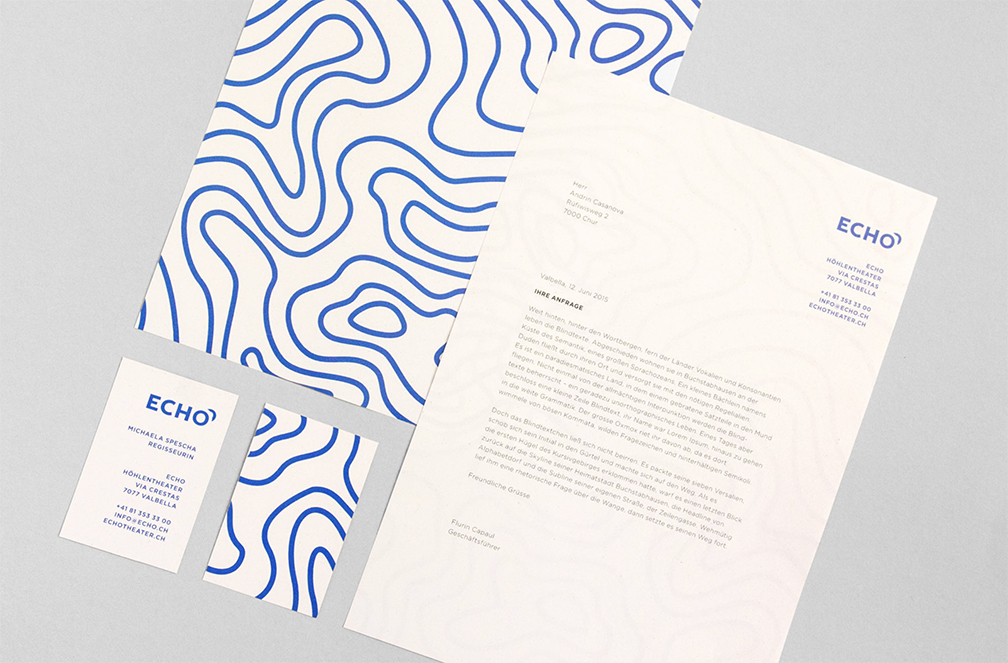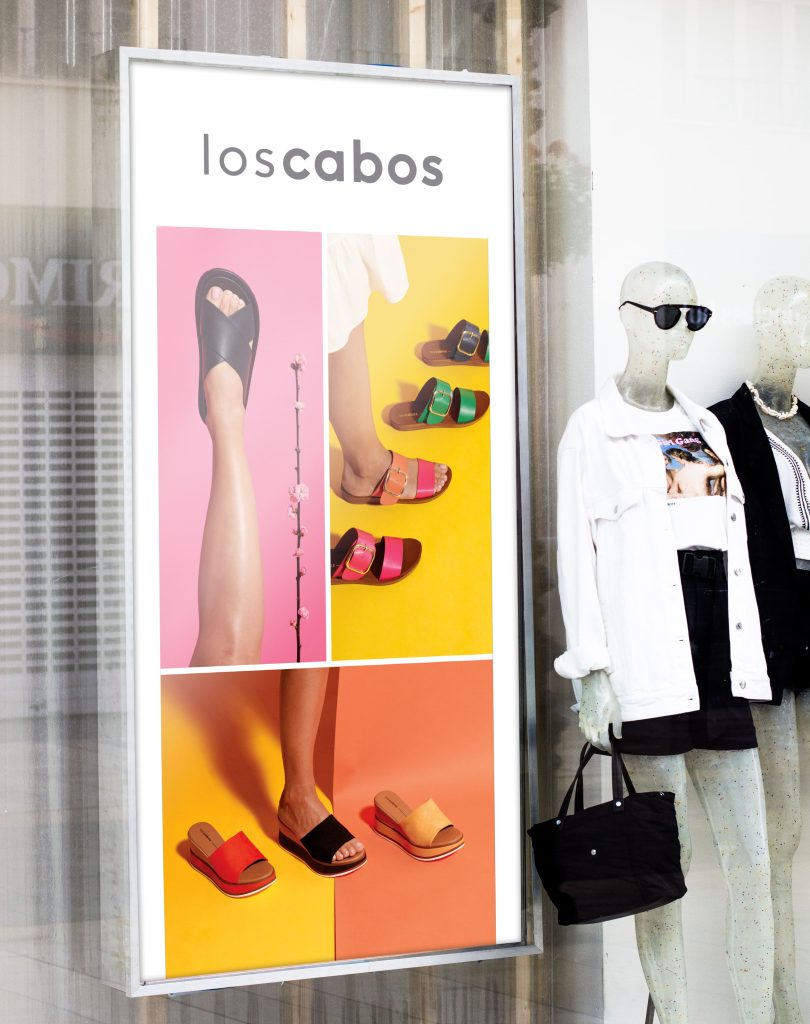1. Ballast Point Brewing
Why They’re Killing It: Ballast Point Brewing is a true San Diego legend, and their print branding reflects their fun, adventurous spirit. From the bold colors to their iconic logo on cans and bottles, they’ve mastered the art of standing out on the shelf. But it’s their limited-edition beer packaging that really sets them apart. Take their “Victory at Sea” stout series, which has some of the coolest, most artistic label designs we’ve ever seen. It’s like a mini art gallery on your beer fridge!
Unique Campaign: The “Victory at Sea” beer campaign came with special-edition cans and collectible swag, like posters and T-shirts featuring the stunning artwork. Their packaging didn’t just sell beer—it told a story.
2. Café Gratitude
Why They’re Killing It: Café Gratitude isn’t just serving up delicious, plant-based dishes—they’re also serving up some seriously stylish print branding. Their minimalist, earthy aesthetic is reflected in their sleek menus and eco-friendly packaging. From reusable takeout containers to their beautiful typography on every product, Café Gratitude’s branding is as warm and inviting as their food. Plus, their bold colors and positive affirmations are a big win for the feel-good factor!
Unique Campaign: The “Gratitude Bowls” campaign featured limited-edition, hand-painted bowls that customers could purchase. Each bowl had a different positive affirmation, making it a perfect blend of swag and branding.
3. Bumble
Why They’re Killing It: OK, so Bumble isn’t originally from San Diego, but they have a major presence here, and we can’t help but appreciate their impeccable print branding. Whether it’s their vibrant posters around town or the packaging for their Bumble BFF kits, they know how to make an impact. The playful, bold, and clean design of their promotional materials is eye-catching and instantly recognizable. Plus, they’ve got a ton of branded swag, from water bottles to tote bags, that fans can’t get enough of.
Unique Campaign: Bumble’s “Bumble Hive” pop-up events are a masterclass in print branding. They create immersive spaces filled with interactive displays, and their printed materials (think custom event signage, flyers, and gift bags) tie the whole experience together.
4. Lucha Libre Taco Shop
Why They’re Killing It: Lucha Libre Taco Shop isn’t just serving up some of the best tacos in town—they’re also serving up some serious branding that combines fun, flair, and personality. Their print marketing, from the eye-catching restaurant menus to their bold take-out bags and T-shirts, perfectly captures the energy of their lucha libre-inspired brand. It’s bold, quirky, and unforgettable—just like their tacos!
Unique Campaign: The “Luchador” themed Taco Tuesday promo is an ongoing event that combines print swag with food. Custom-designed T-shirts and special-edition sauce packets featuring masked wrestlers are a fan favorite, and they keep customers coming back for more.
5. Chicano Park
Why They’re Killing It: Chicano Park may not be a traditional “brand” in the marketing sense, but it’s a cultural landmark in San Diego that’s done an amazing job at using print and packaging to spread awareness and celebrate heritage. The Chicano Park murals are iconic, and the nonprofit behind the park creates eye-catching promotional materials to raise funds and celebrate the community. Their printed merchandise, including T-shirts, posters, and even commemorative prints, celebrates Chicano culture and connects the past to the present.
Unique Campaign: The annual Chicano Park Day event has become a huge celebration, complete with a beautifully designed poster each year that highlights the vibrant artwork of the park. It’s a perfect mix of culture and print marketing.
So, there you have it! These five San Diego brands are not only making waves in their industries but also in the world of print branding, packaging, and swag. If you’re looking to step up your own brand’s print game, take a note from these guys and get creative with your designs. And hey, if you need help bringing your ideas to life, you know where to find us! Let’s make your print branding unforgettable.
